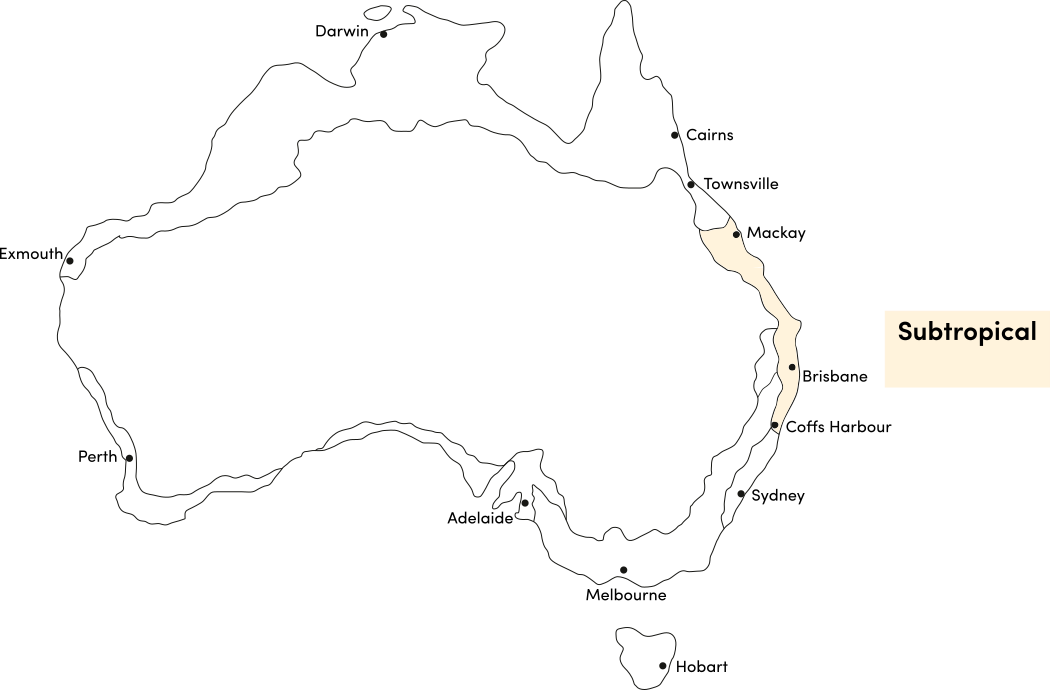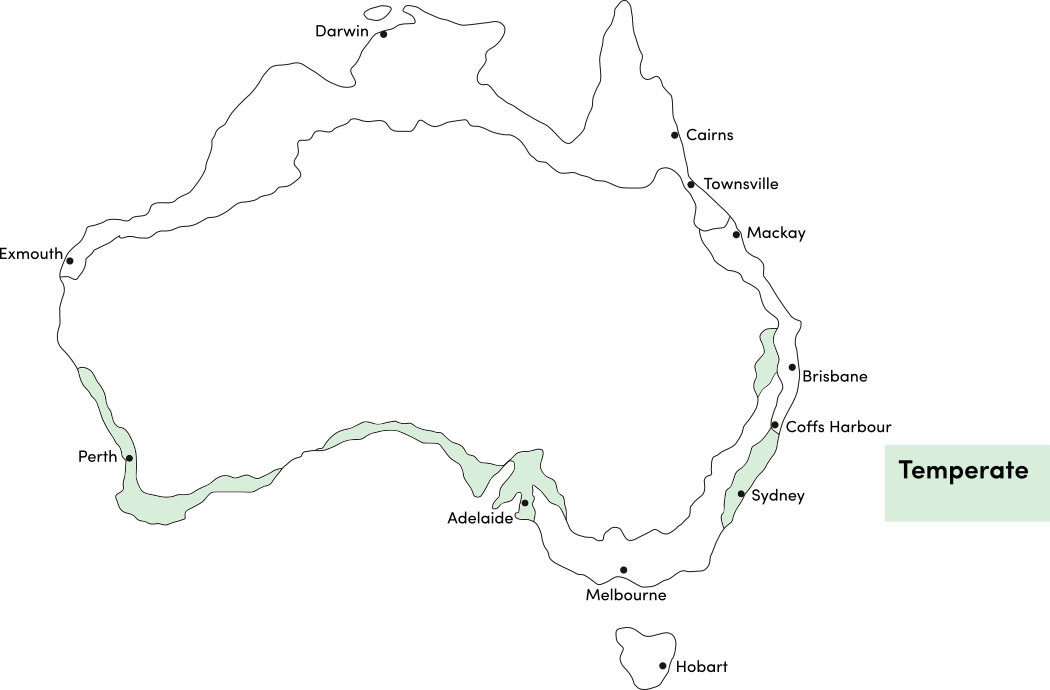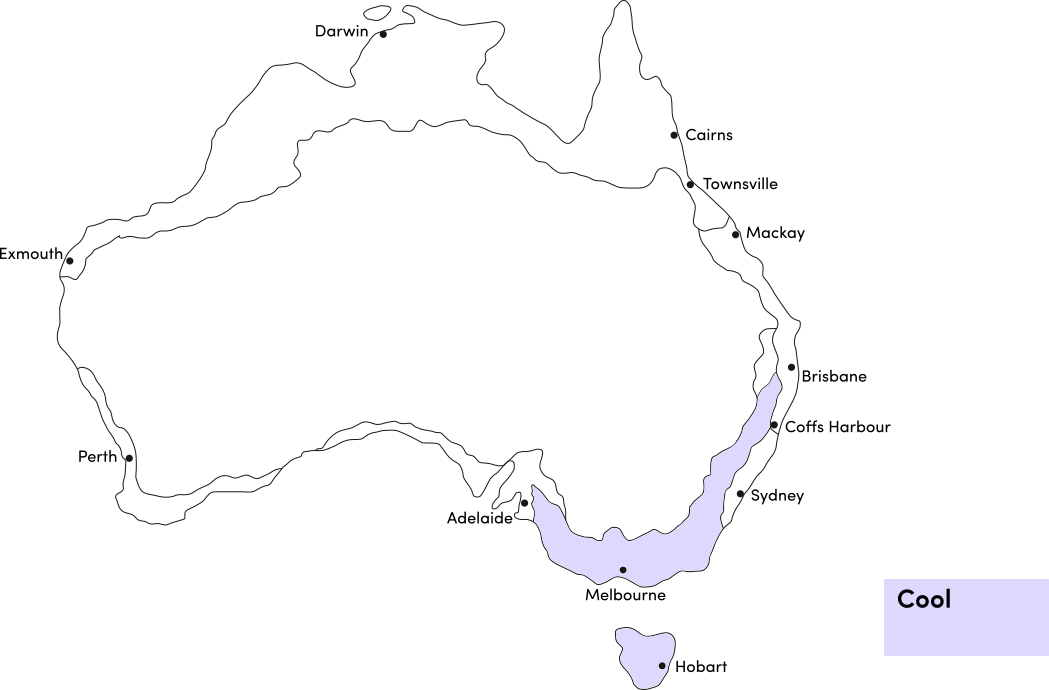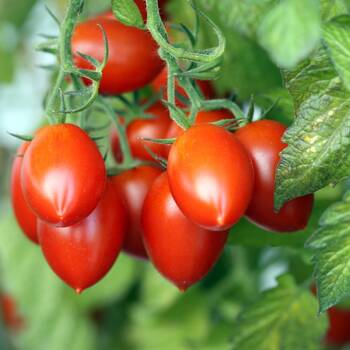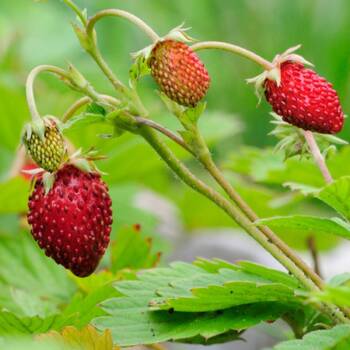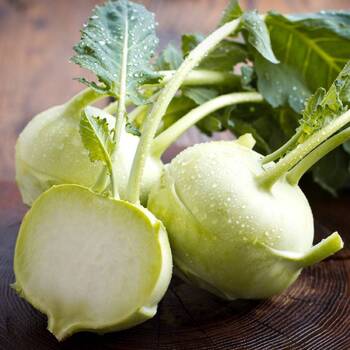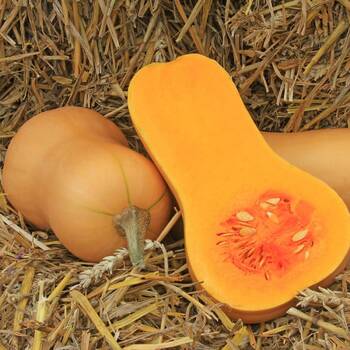Description
'Swede- American Purple Top' seeds
Brassica napus var. napobrassica
- Root vegetable
- Excellent flavour
- Good in soups and stews
Heirloom. Pale yellow coloured roots with purple tops and smooth yellow flesh. Good in soups, stews, baked and as a steamed vegetable. Excellent flavour. Stores well. Also know as "Swedish Turnip" and "Rutabaga".
Seeds per gram: 400
Product code: E2-20_P
Best Months to Sow
| J | F | M | A | M | J | J | A | S | O | N | D | |
| Cool | ||||||||||||
| Temperate | ||||||||||||
| Sub-Tropical | ||||||||||||
| Tropical | ||||||||||||
| Arid |
Quick Sowing Guide
| Method | Sow direct or raise seedlings |
|---|---|
| Sowing Depth | 10mm |
| Season | Late summer, early autumn (and spring in cool climates) |
| Germination | 4-10 days @ 16-30°C |
| Hardiness / Life Cycle | Hardy Biennial (usually grown as an annual) |
| Row Spacing | 50cm |
| Plant Spacing | 20cm |
| Position | Part or full sun, moist well drained soil |
| Days Until Maturity | 100 days |
*Notes: Protect from aphids and caterpillars.
How To Grow
Shipping
We deliver Australia wide.
All orders are dispatched from our warehouse in Knoxfield, Victoria, Australia.
We do not deliver overseas.
Shipping cost is calculated using all the items in your shopping cart and your delivery postcode. The table below outlines the delivery options and costs.
Order dispatch time is currently 3 business days plus delivery time.
Please note we are unable to guarantee specific delivery dates or delivery timeframes, all delivery times are estimates only.
| Order contains: | Delivery options: | Delivery cost per order | |
|---|---|---|---|
| VIC, NSW, ACT, QLD, TAS, SA, NT | WA | ||
| Small seed packets ONLY - | Economy Delivery | $3.00 or FREE on orders over $25 | $5 |
| Parcel Delivery | Capped rate of $8.99 | ||
| Express Delivery | $15.00 | ||
|
BULK seed, garden supplies, tools, or accessories - |
Parcel Delivery |
Capped rate of $8.99 |
|
|
Express Delivery |
Starting from $15.00 (Calculated by weight) |
||
| Live Plants - | Live plants | Capped rate of $10.00 | |
*All orders sent to Western Australia are subject to mandatory inspection and fees by Quarantine WA. These fees are included in all shipping costs above.
**We will replace all orders that are lost or damaged in transit however we will not replace or refund orders simply because they were delivered later than estimated. Full details here.
Ratings & Reviews
Be The First To Review This Product!
Help other The Seed Collection Pty Ltd users shop smarter by writing reviews for products you have purchased.
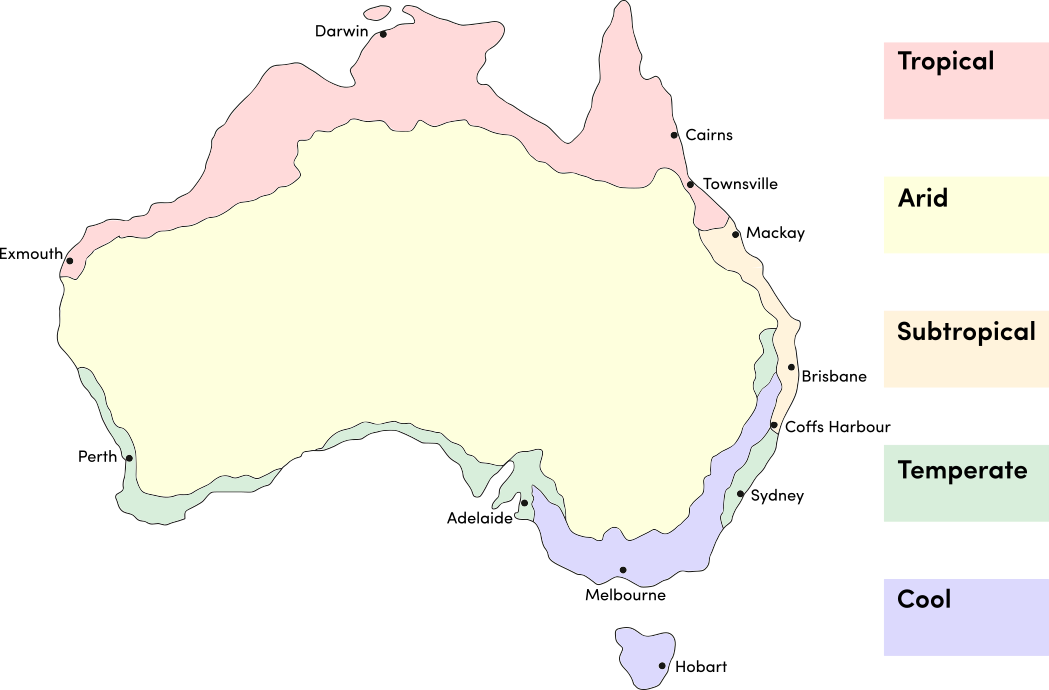



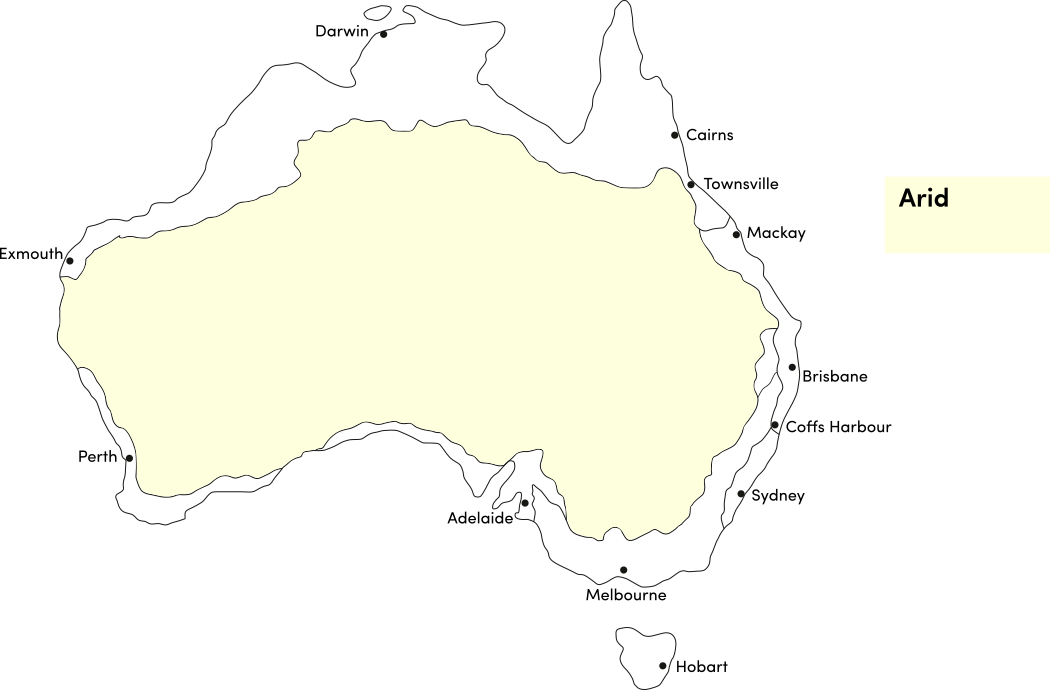
.png)
